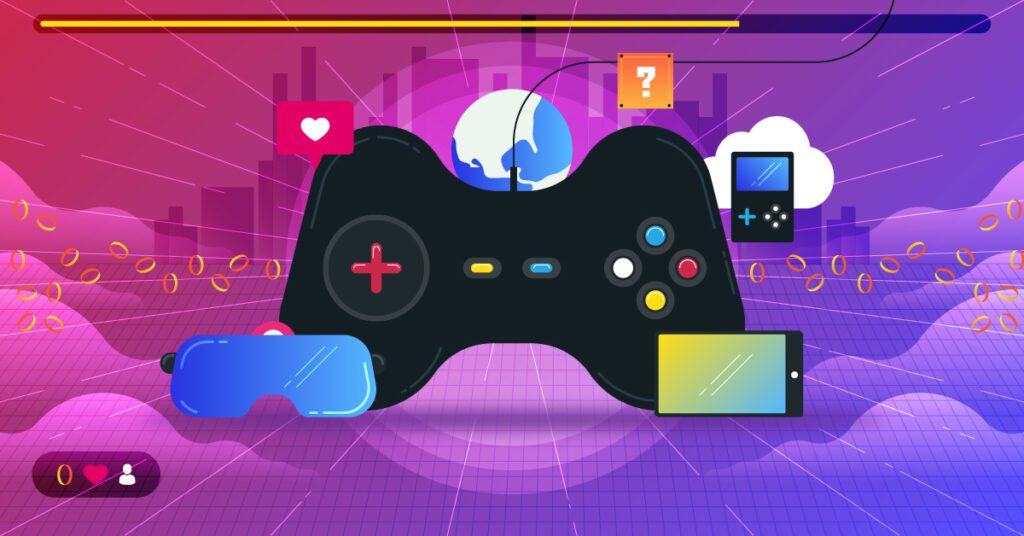Hardware innovations have revolutionized the game development industry and improved the gaming experience for players. Virtual reality and augmented reality have made it possible to create immersive experiences for gamers, while cloud gaming has made all games available on virtually any device with an internet connection. Real-time ray tracing allows game developers to simulate the behavior of light and make games look more realistic. Artificial intelligence and machine learning have important applications in game development, from improving workflows to creating realistic characters and environments. As hardware technology continues to evolve, more groundbreaking innovations are expected to change the gaming industry.
Innovations in Game Development Hardware: Tools That are Changing the Gaming Industry
Game development has come a long way since the early days of simple 2D graphics and limited sound capabilities. Hardware innovations have played a key role in improving game development and the gaming experience for players. In this article, we’ll explore some of the recent hardware innovations that have revolutionized game development and pushed the gaming industry to new heights.
Virtual Reality and Augmented Reality
Virtual reality (VR) and augmented reality (AR) have been buzzwords in the gaming industry for a few years now, but the technology is still in its early stages. However, the hardware used in VR and AR has improved significantly, making it possible to create immersive experiences for gamers. High-quality VR and AR headsets and controllers not only provide a more realistic gaming experience but also offer developers more opportunities to create complex and interactive game worlds.
Cloud Gaming
The rise of cloud gaming has changed the game development industry by making all games available on virtually any device with an internet connection. Cloud gaming services such as Google Stadia, NVIDIA GeForce NOW, and Xbox Game Pass Ultimate offer gamers access to a vast library of games without needing top-of-the-line hardware. To support this new way of gaming, developers have to adapt to new hardware and software requirements to ensure that their games are compatible with different platforms.
Ray Tracing
Real-time ray tracing is a recently developed hardware technology that allows game developers to simulate the behavior of light in real-time. Ray tracing not only makes games look more realistic, but it also allows for more complex physics and dynamic environments. Ray tracing is made possible by hardware acceleration, such as Nvidia’s RTX series of graphics cards. This technology has been used in popular games like Minecraft and Cyberpunk 2077, where the game world looks more lifelike.
Artificial Intelligence
Artificial intelligence (AI) and machine learning have important applications in the gaming industry, from improving game development workflows to creating realistic characters and environments. AI can be used in many areas of game development, such as procedural generation, positioning of objects, and enemy behavior. Hardware like GPUs and special-purpose chips can accelerate AI, making it possible to use AI in real-time game development workflows.
Conclusion
Innovations in hardware have enabled game developers to create more immersive and realistic experiences for gamers. From VR and AR headsets to ray tracing and AI, these hardware innovations are pushing the boundaries of what is possible in game development. As hardware technology continues to evolve, we can expect to see more groundbreaking innovations that will change the gaming industry and the games we play.
